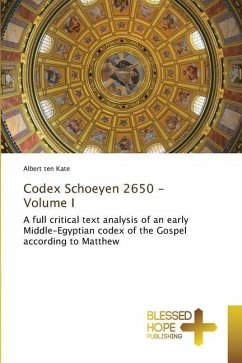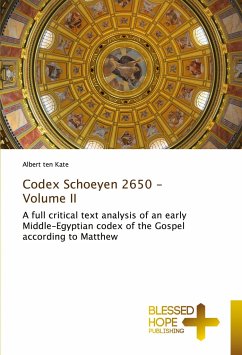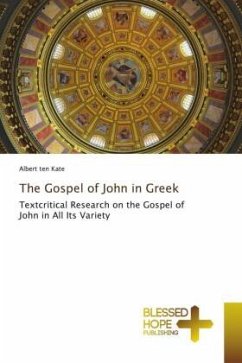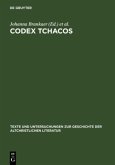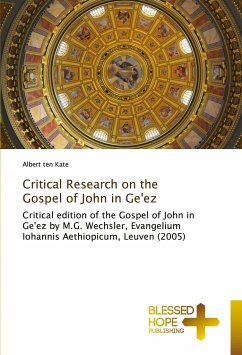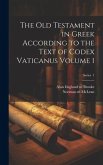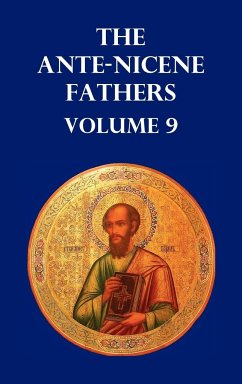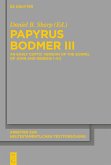This book contains in two volumes a full text-critical analysis of this remarkable 4th century Middle-Egyptian manuscript. Not only all available early Coptic, Greek, Syriac and Latin, but also Armenian, Georgian, Arabic and Gothic versions, are included in the comparison as textual witness, but also Palestinian, Georgian and Dutch Lectionaries, as well all the different Diatessara. Hilarius of Poitiers and John Chrysostom also appear as textual witness, as well as early Armenian Fathers. Its free text-form is affiliated to the early Syriac and Ethiopian witnesses and to the Diatessaron. So this book contributes as a reference-book, not only for the critical edition of the Coptic and of the Greek New Testament, but it has also implications for the wider range of textual study of the Early Church: the freer text-form, as represented by this manuscript and by the Dura-Europos harmony, appears to be the older form than that of the standard Greek manuscripts.
Bitte wählen Sie Ihr Anliegen aus.
Rechnungen
Retourenschein anfordern
Bestellstatus
Storno

